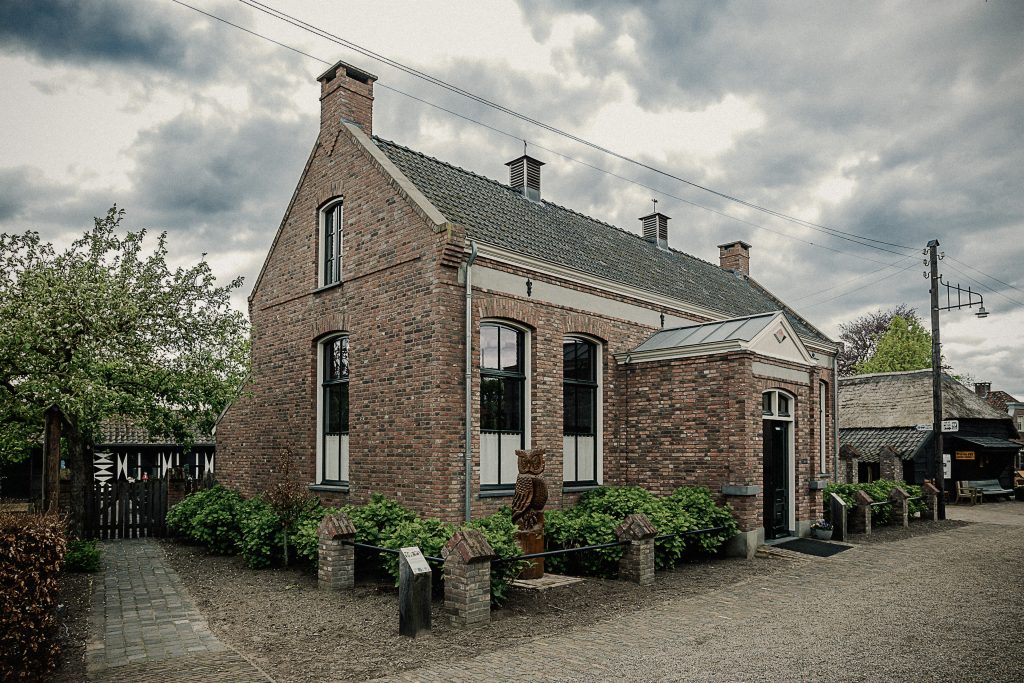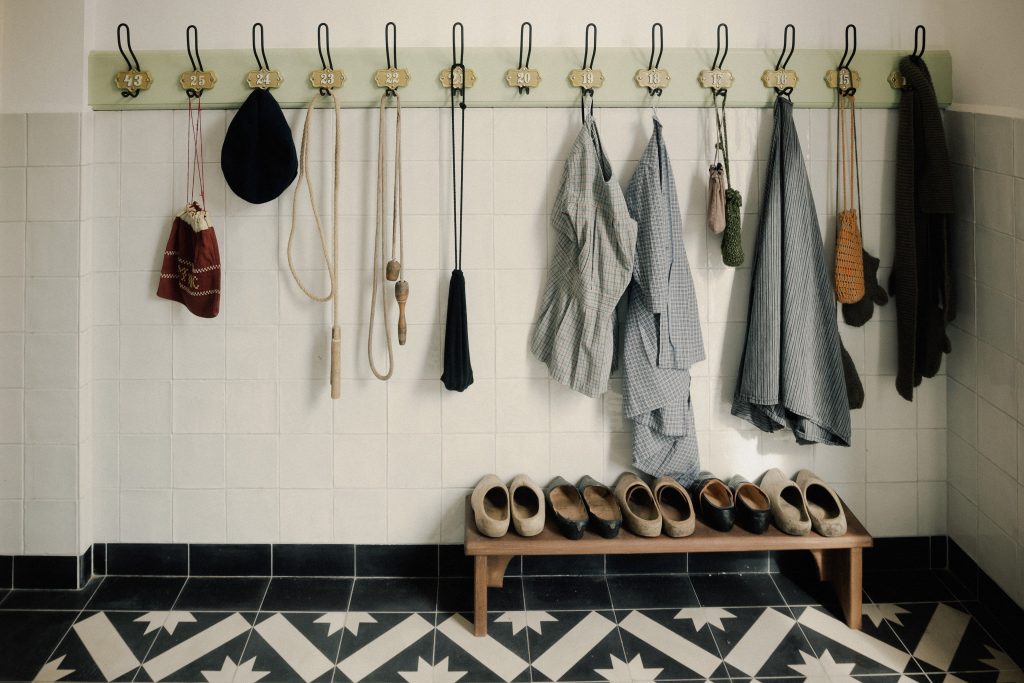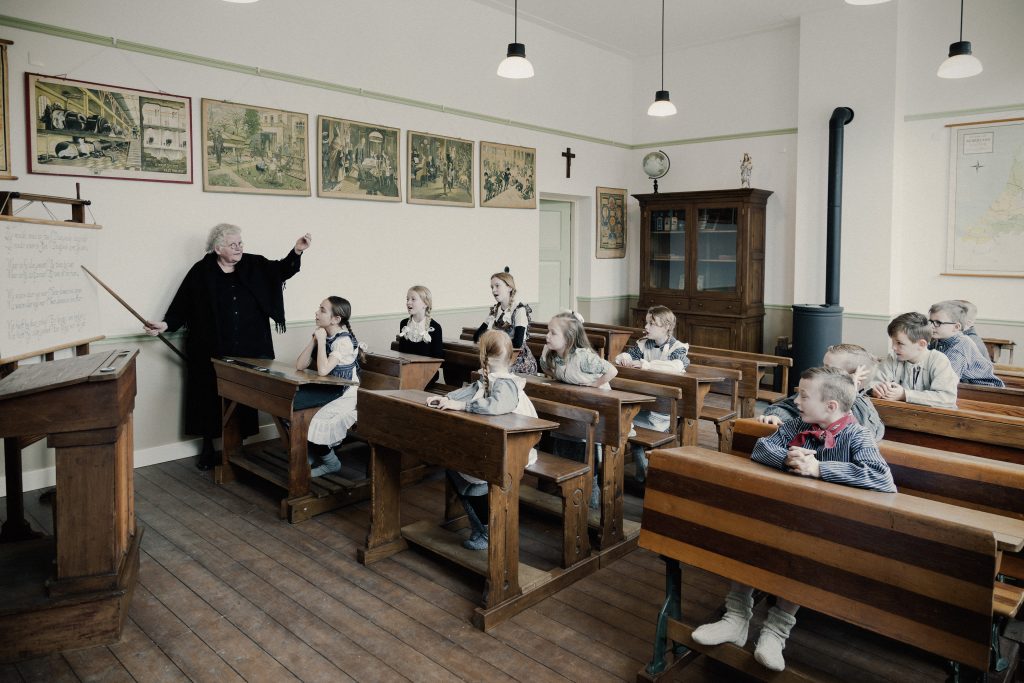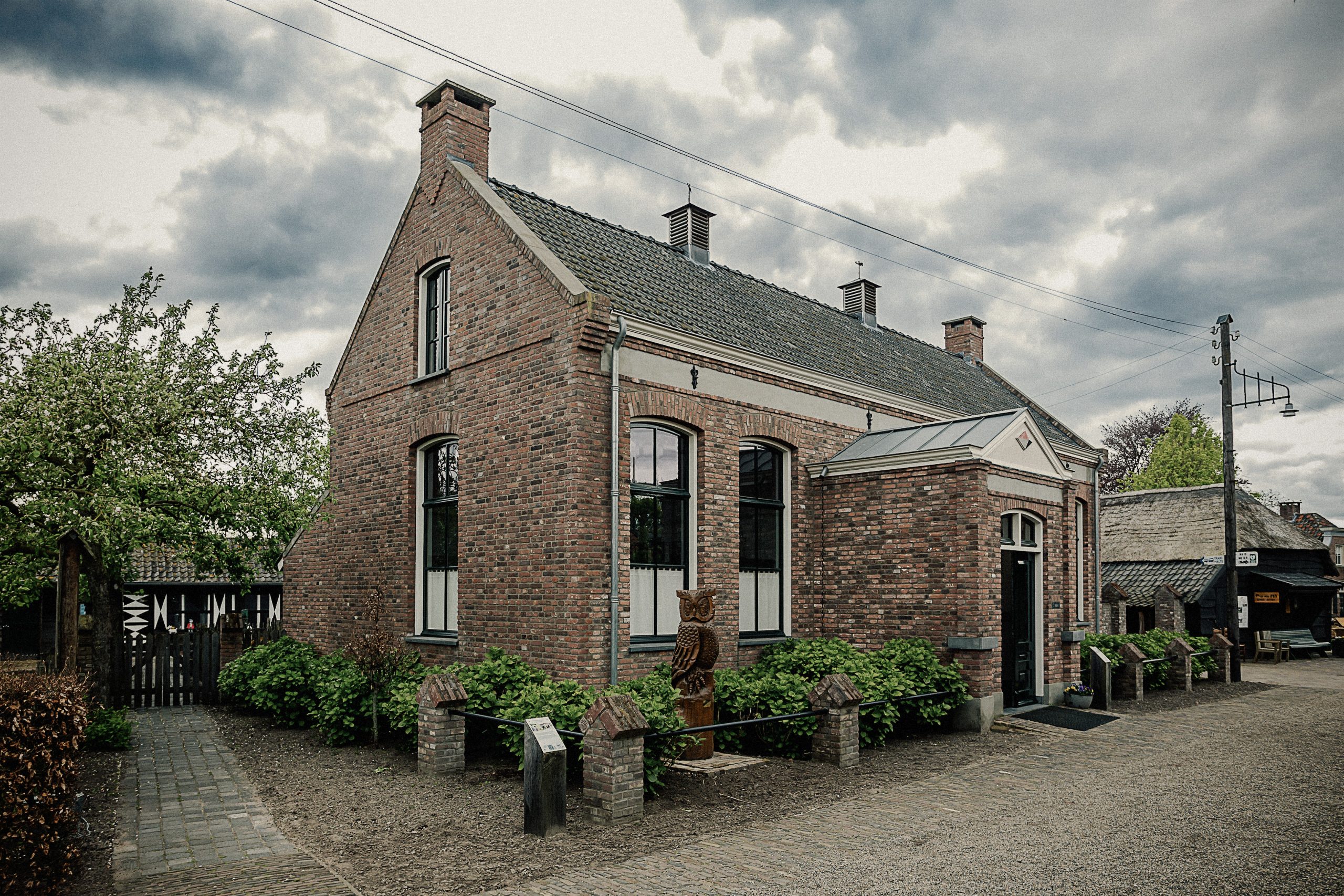
The country school
At the beginning of the 20th century, life in a rural school was simple and traditional. Children often went on foot or by bike, education focused on discipline and basic knowledge. The school in the Boerenbondsmuseum allows visitors to relive this time.
At the beginning of the 20th century, school life in a country school was a combination of simplicity, tradition and hard work. Children often went to school on foot or by bike, sometimes over long distances, in all weathers. The school buildings were usually small and simple, often consisting of only one or two classrooms, in which all classes were accommodated.
Education in the Netherlands at that time was strongly focused on discipline, obedience and basic knowledge. Children learned to read, write, do arithmetic, and some basic subjects such as history and geography. The teaching methods were often traditional and based on memorizing facts and rules. Teachers had an authoritarian role in the classroom, and punishments were not uncommon for mischievous behavior.
In the Boerenbondsmuseum, a vivid memory of this time is preserved by means of strict but fair teachers who still regularly teach visitors. In the classroom from that period, visitors can experience what it was like to be in a traditional rural school and what the atmosphere was like at the time.

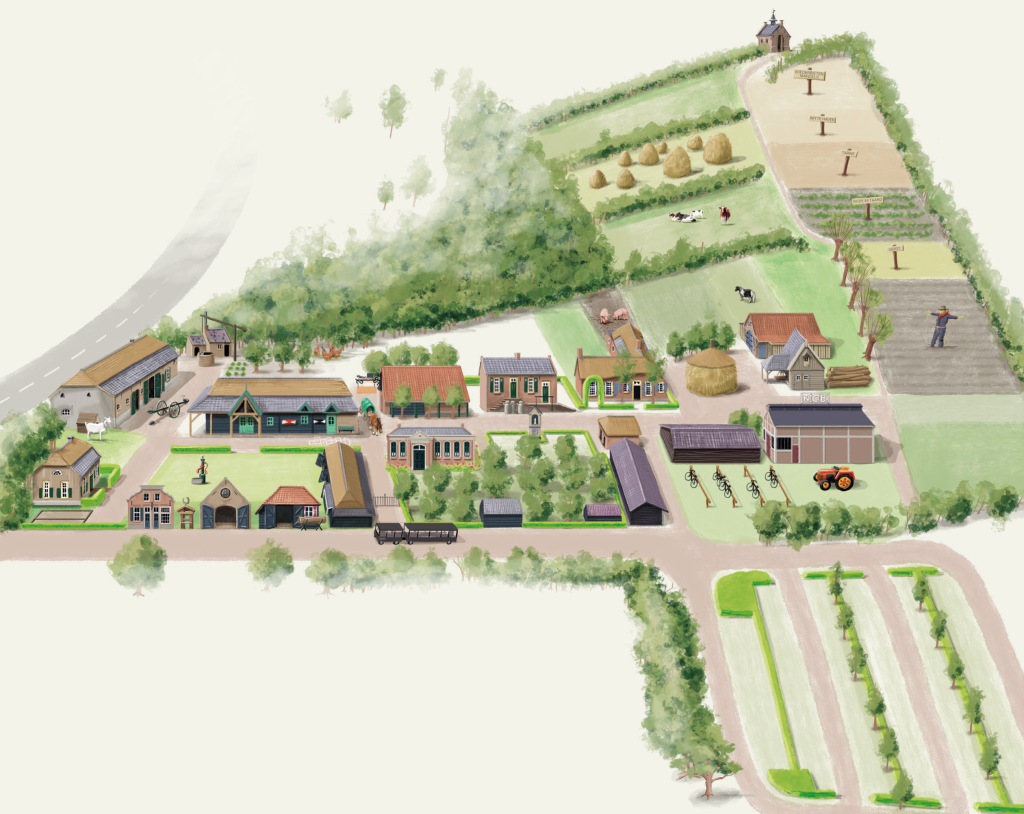
Discover more of the museum
The school in the Boerenbondsmuseum
The school building in the Boerenbondsmuseum is almost a one-to-one copy of the school that stood in a small town called Milheeze until the 1960s. The official blueprints were still present and were a welcome clue and of great significance for the precise reconstruction. The school building has high windows and always on the left side of the children. As a result, the light falls just right on the notebook or slate when writing.

